Concept
A VR narrative experience (animation) about orca captivity. This experience is carried out in an atmosphere of confinement, fear and grief, attempting to make the user feel the pressure of the orca in captivity through the first-person perspective. It also shows the dangers of keeping orcas in captivity for both humans and orcas.
Inspiration
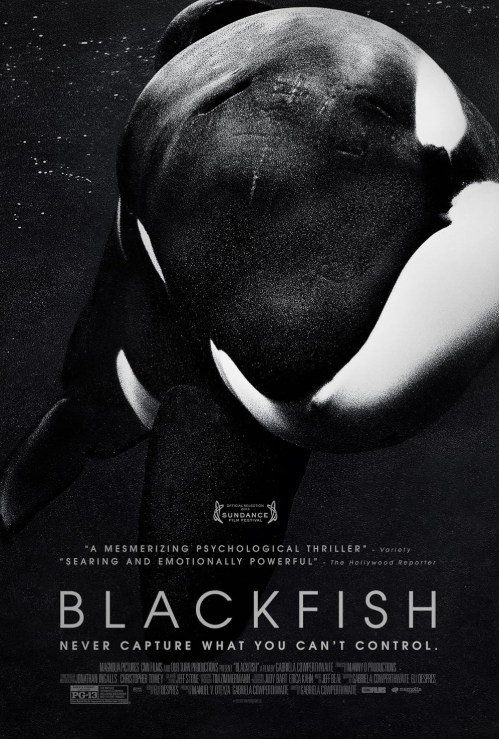
BLACKFISH: The documentary concerns the captivity of Tilikum, an orca involved in the deaths of three people, and the consequences of keeping orcas in captivity.
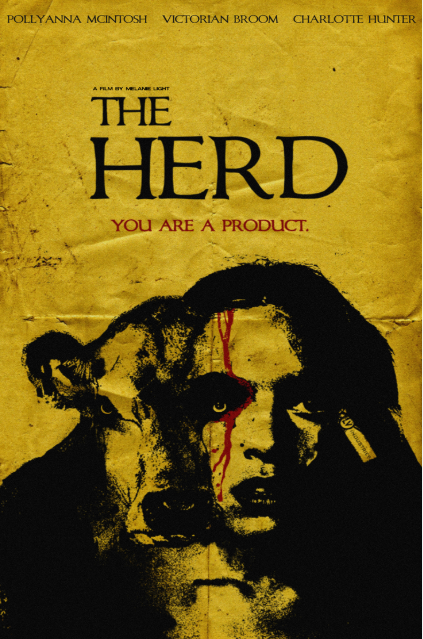
THE HERD: An environmental short film about women imprisoned to produce milk. The miserable lives of the women are used as a metaphor for the lives of cows.
6.24 – 6.30 Initial Concept
Idea
A VR experience reacting to the cruelty of orcas in captivity.
XR Pieces
In the VR experience, players will take on the avatar of an orca trapped in an oceanarium. There is relatively little or no interaction.
There is also no dialogue throughout the experience. Focus on the environment and musical atmosphere.
Possible scenes:
1. The player is forced to perform in the oceanarium, surrounded by the screams and noises of the audience.
2. the player is terrified of being surrounded by people around the pool of the oceanarium, tapping on the glass.
3. the player is alone in a small and dark pool. The surrounding walls begin to move towards it. The increasingly small space eventually squeezes the player to death.
4. The soul of the dead killer whale flies back to the ocean.
Research List
Documentaries on orcas in captivity
Biology Papers about orcas
Psychology of Oceanarium Trainers and Audiences
XR embodiment theory
Government support
What makes it a hostile environment
7.1 -7.8 Update
The harmful effects of captivity and chronic stress on the well-being of orcas
- Causes of illness and death
- viral, bacterial, and fungal infections
- Hyperaggression
Orcas in captivity (to their own kind and to humans) exhibit a range of aggressive and abnormal behaviors. - Oral stereotypies and dental disease and injury
There have been numerous reports of oral stereotypies in captive orcas, including biting and chewing on hard tank surfaces, hard toys, and the steel gates used to separate the whales. These behaviors lead to extensive and chronic dental pathologies - Stress and disorder
- Tank size and water conditions
Legal requirements for tank size vary greatly from country to country.
The minimum enclosure size in the US is set by the Code of Federal Regulations, 9 CFR 3.104. In 9 CFR 3.104, Table III classifies killer whales as Group I cetaceans with an average length of 24 feet (7.3 m). Based on length, Table I states up to two killer whales may be held in a pool with a minimum horizontal dimension.
The Miami Seaquarium has been criticized for the small size of the tank holding their sole killer whale, Lolita, which is less than two of her body lengths wide at any point.
- Stress
- Social stress
Orcas are high-emotional-demand species living in complex societies.
wild-caught orcas in captive facilities have been removed from the ocean as young calves, resulting in an abrupt severing of the strong maternal and family bonds.
Also, Orcas in captive display facilities are housed in artificial, man-made social groups. Captive orcas often bully and attack new arrivals. - The stress of confinement
Captivity standards do not meet the physiological needs of orcas, including natural movement, posture and behavior. - Sensory deprivation and stress
Microphones and audience sounds stimulate orcas during orca shows.
Noise from some man-made facilities can also disrupt the orca’s hearing system. - The stress of lack of control
One of the greatest stressors in the lives of captive animals is their inability to control most aspects of their surroundings and lives. As a result, they always fall into great negativity - The stress of boredom
Boredom and lack of challenge can be negative, especially for an animal that exhibits cognitive and psychological complexity such as the orca.
7.9-7.16 Update
Orca Avatar Test
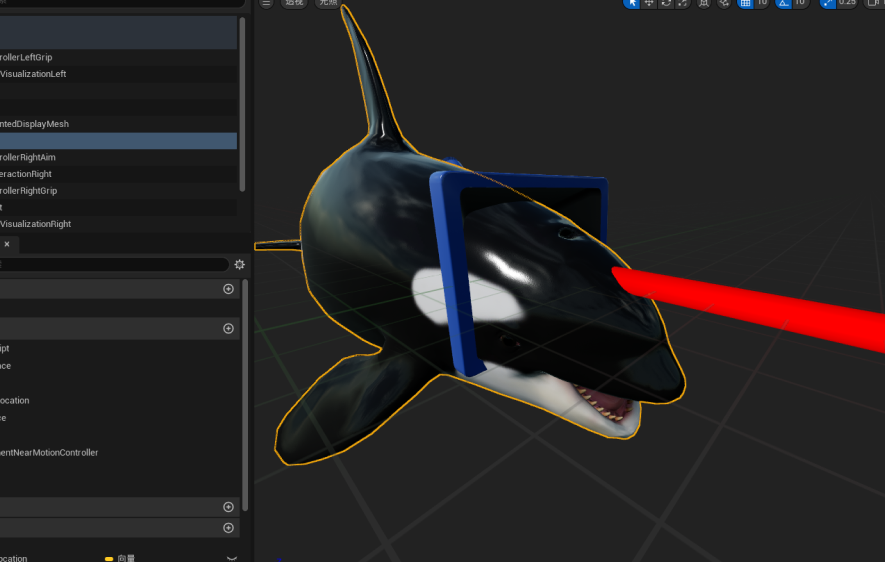
- Issue
The orca avatar doesn’t work out so well.
It may not be able to see their own fins.
- Possible Solution
No avatar, but still lets the user see the environment from the orca’s point of view. The player has a size comparison with people and tanks.
At the end, create a scene or UI to show the harmful effects of keeping orcas in captivity, so the user can know that they are experiencing an orca’s life in captivity.
9.4 Update
New narrative Structure
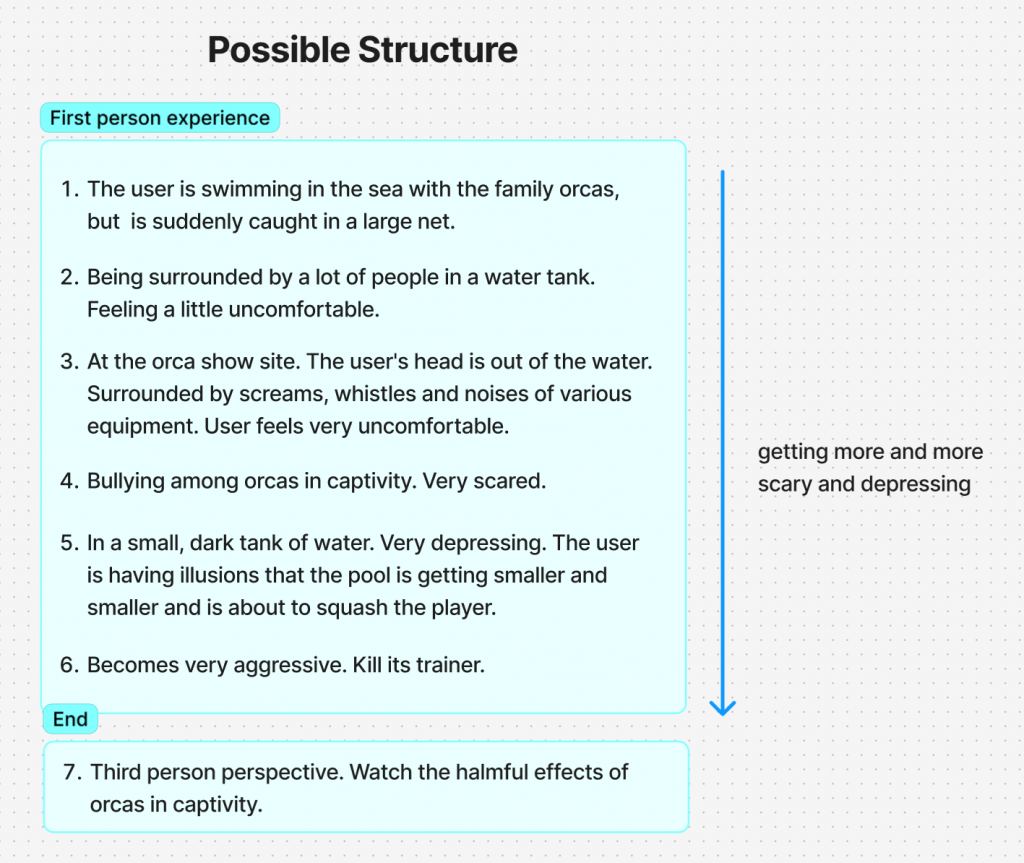
Possible issue
The narrative structure may not be tight enough. And there is a lack of a clear climax.
9.9 – 9.15 Update
New narrative Structure
- Part 1
Being surrounded by a lot of people in a water tank. As the music rhythm sounds, the lights come on and the audience can see shadows. Eventually, all the lights come on and the audience sees that there are visitors outside.
- Part 2
At the orca show site. The camera is on the platform with the two other orcas. Surrounded by screams, whistles, and noises of various equipment. The trainer interacts with the camera and the other two orcas, such as feeding them fish and commanding them with a whistle.
- Part 3
Bullying among orcas in captivity. Very scared.
Two orcas rush toward the user and attack the user. Blood surrounds the user,
and the user’s vision gradually becomes blurred and turns red.
- Part 4
When the user’s vision becomes clear again, they will find that in front of them is not the orca, but the dead trainer.
Then the red light slowly faded and the water tank returned to its original state.
The water tank slowly gets smaller and eventually crushes the user.
- Part 5
Third-person perspective. Watch the harmful effects of orcas in captivity.
9.16-9.23 Update
Storyboard




9.30 – 10.6 Update
Create Part 3 in Unreal Engine 5
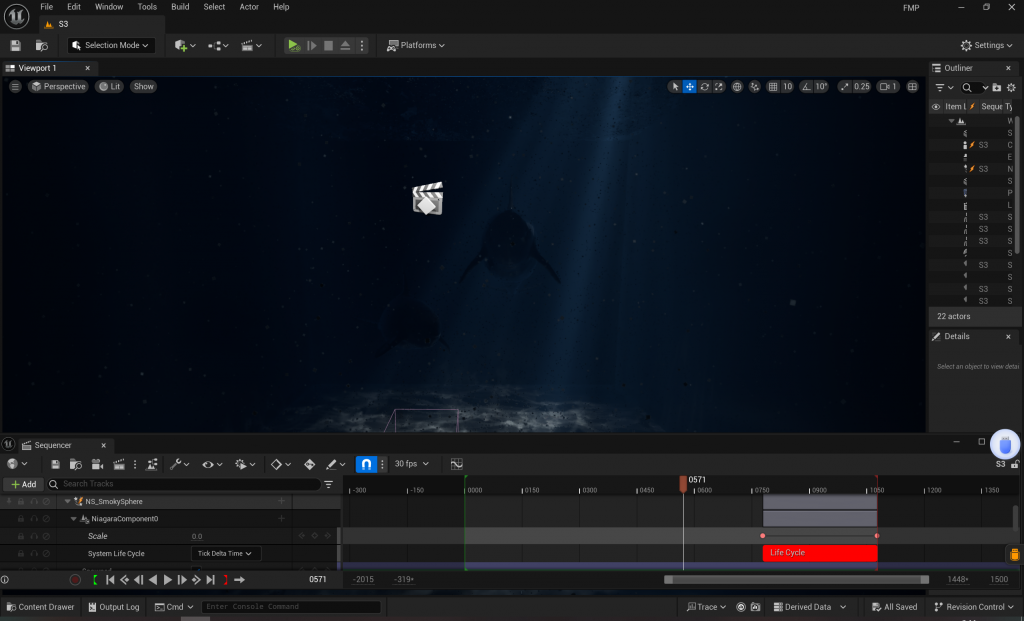
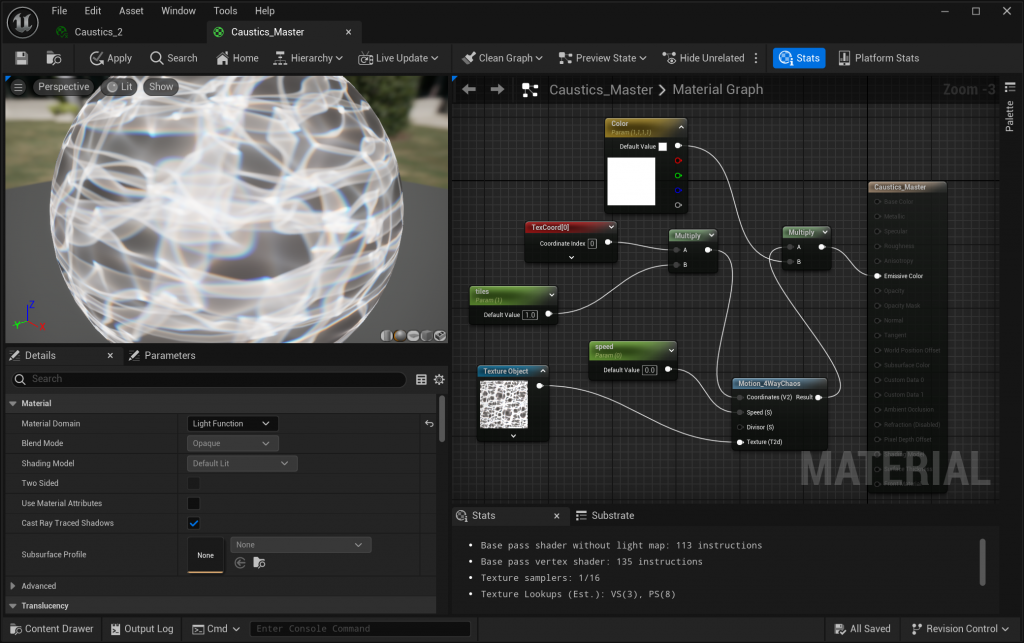
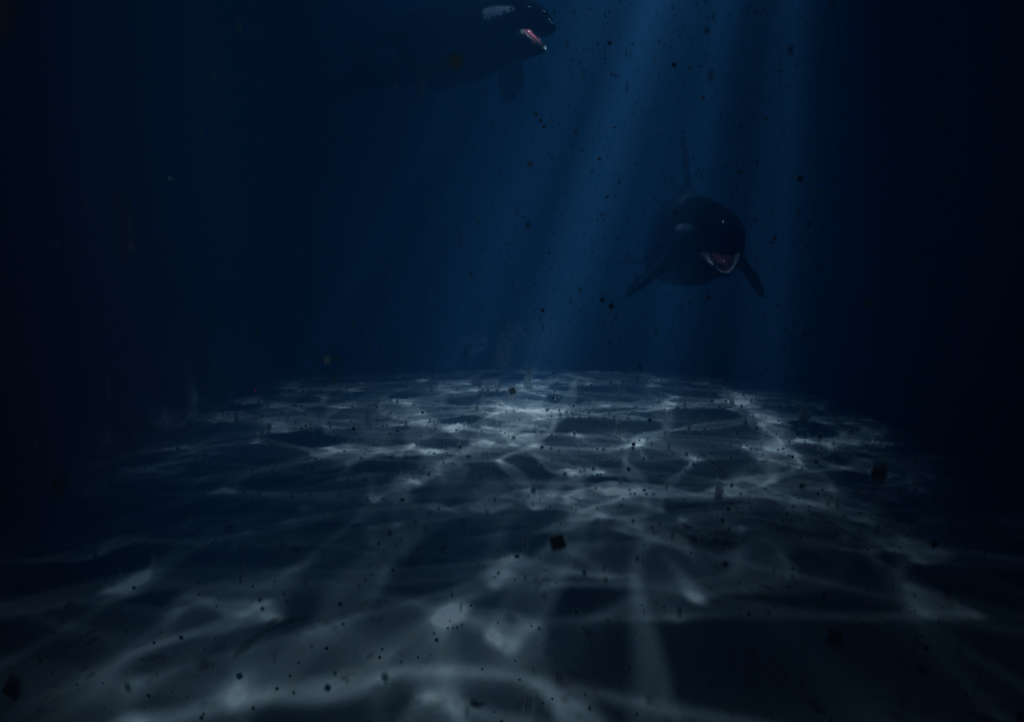
Make the underwater light material.
Make the tank model in Blender
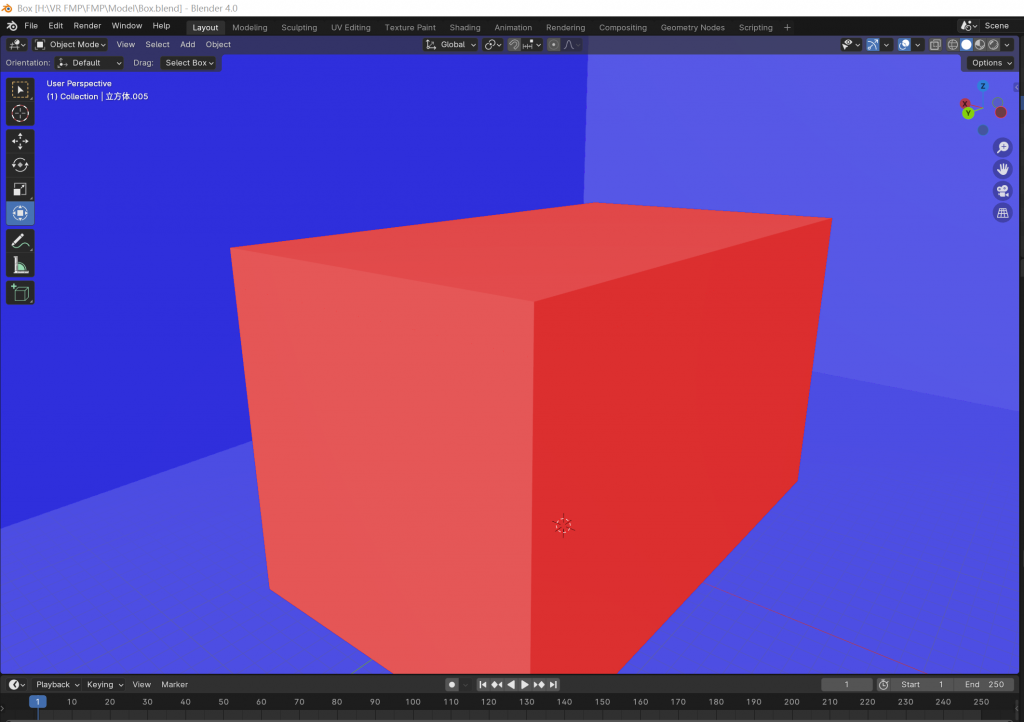
10.7 – 10. 13 Update
FINAL Narrative
- Part 1
Being surrounded by a lot of people in a water tank. As the music rhythm sounds, the lights come on and the user can see shadows. Eventually, all the lights come on and the user sees that there are visitors outside.
This part is to add some suspense at the beginning. It tries to create a little bit of a scary atmosphere. Then the user is expected to realize that they are actually being watched by a lot of people.
- Part 2
At the orca show site. The camera is on the platform with the two other orcas. Surrounded by screams, whistles, and noises of various equipment. The trainer interacts with the camera and the other two orcas, such as feeding them fish and commanding them with a whistle.
In this part, the user is expected to know that they are in the perspective of orca. Therefore, I added interactions between the trainer and the camera, as well as other orcas.
- Part 3
Bullying among orcas in captivity. Increased anxiety. Three orcas rush towards the camera and attack the camera. After being attacked, the screen goes black, but the sound of the orca’s mournful cry.
This part is more intense. After being attacked, the camera goes black, but the sound of the orcas’ screams remains. This leaves the user with imagination while avoiding the difficulty of making the orcas fighting animations.
- Part 4
The orcas swim around in the water tank, bored. Then, Orcas begin to show stereotypes and become anxious.
This part makes the user calm down. It shows the boredom and lack of control in the orca’s lives.
Eventually, an orca crashes into the wall. The wall is broken open, and behind it is a scene of young orcas being captured. This is the sorrowful childhood memory of the orca.
Then a huge mask falls into the tank. It is actually the trainer who has made a mistake and fallen into the tank. But by now the orcas are mad, they see him as something horrible. The scene alternates between the terrifying mask and the real trainer. The orcas have run out of control, they are full of aggression and eventually swim up to the trainer and kill him.
- Part 5
When the camera becomes clear again, it finds that in front of it is not the orca, but the dead trainer. Then the red light slowly faded and the water tank returned to its original state. In the end, the water tank slowly gets smaller and crushes the camera.
Make the mood board
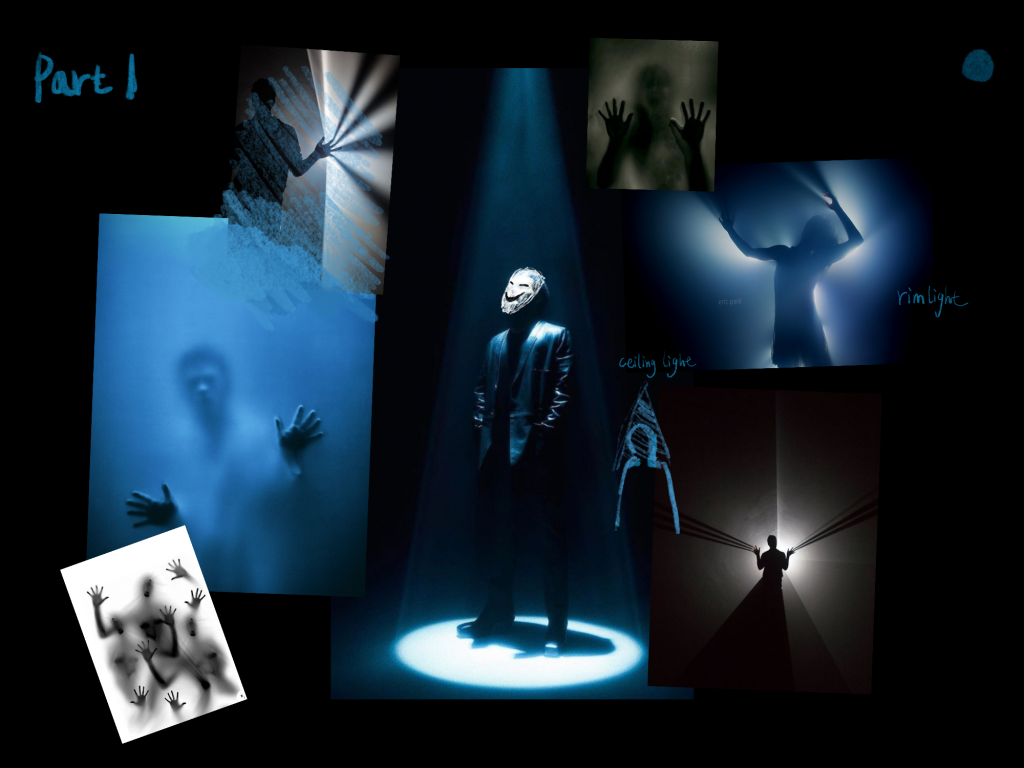
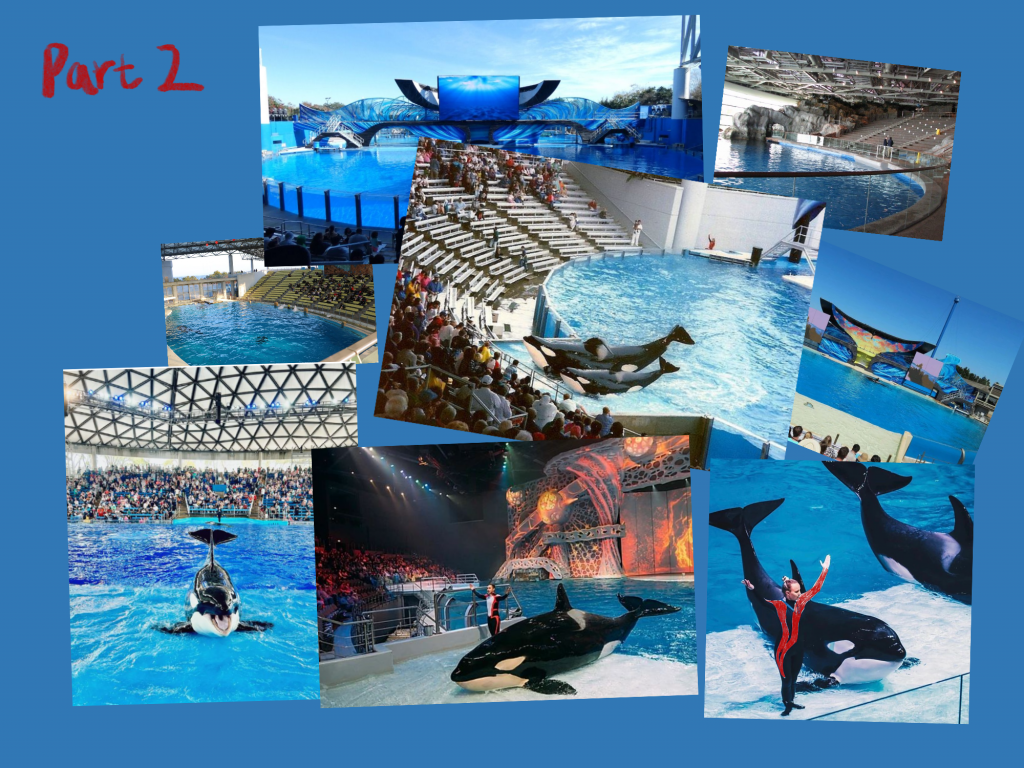
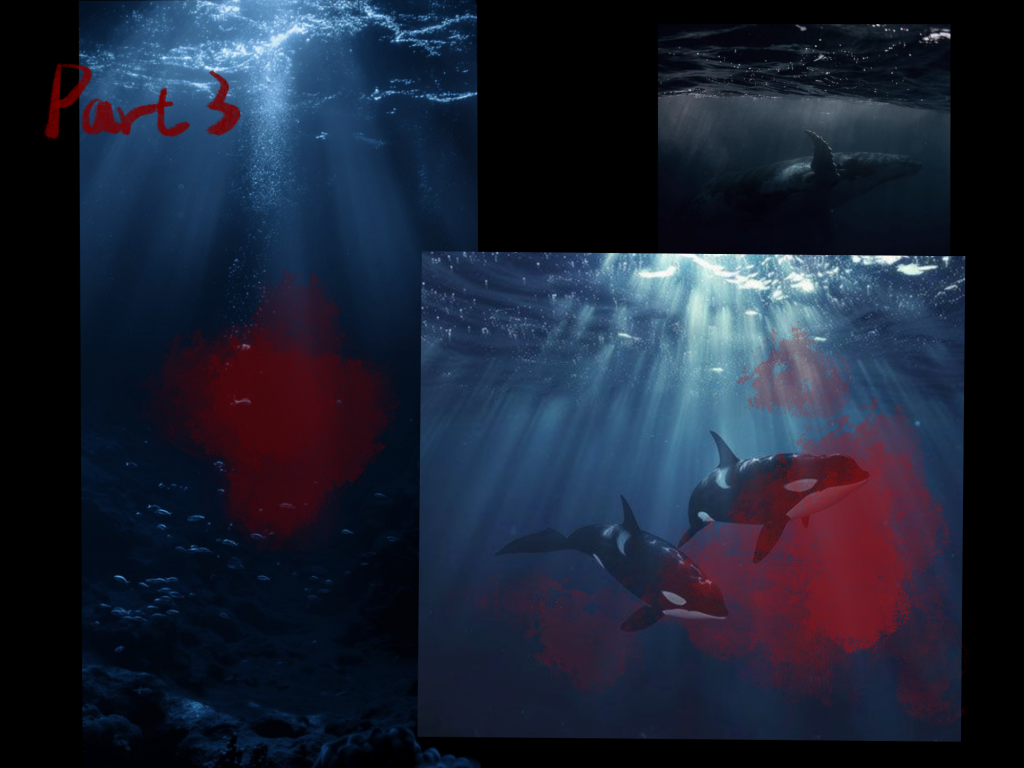
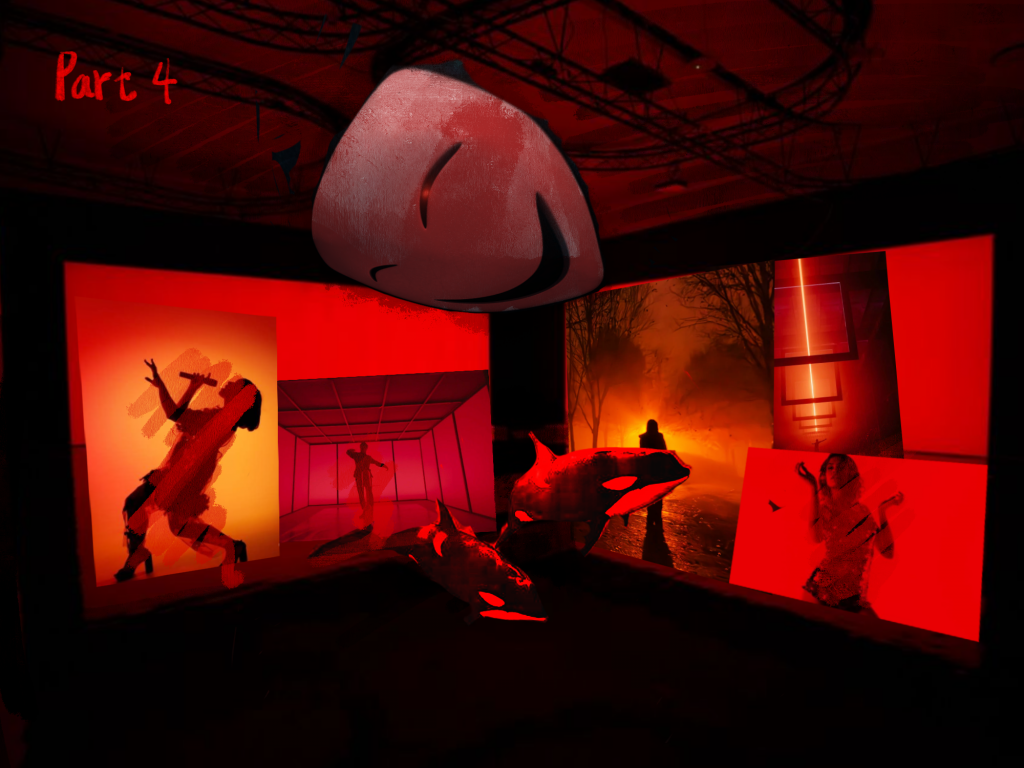
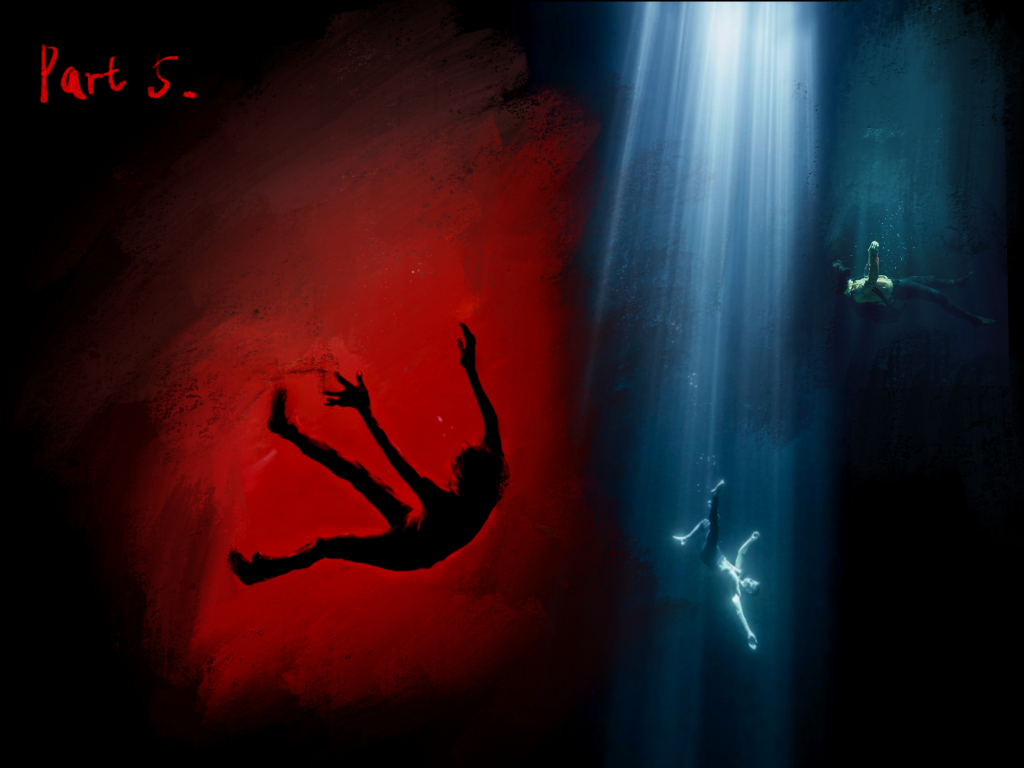
10.14 -10.20 Update
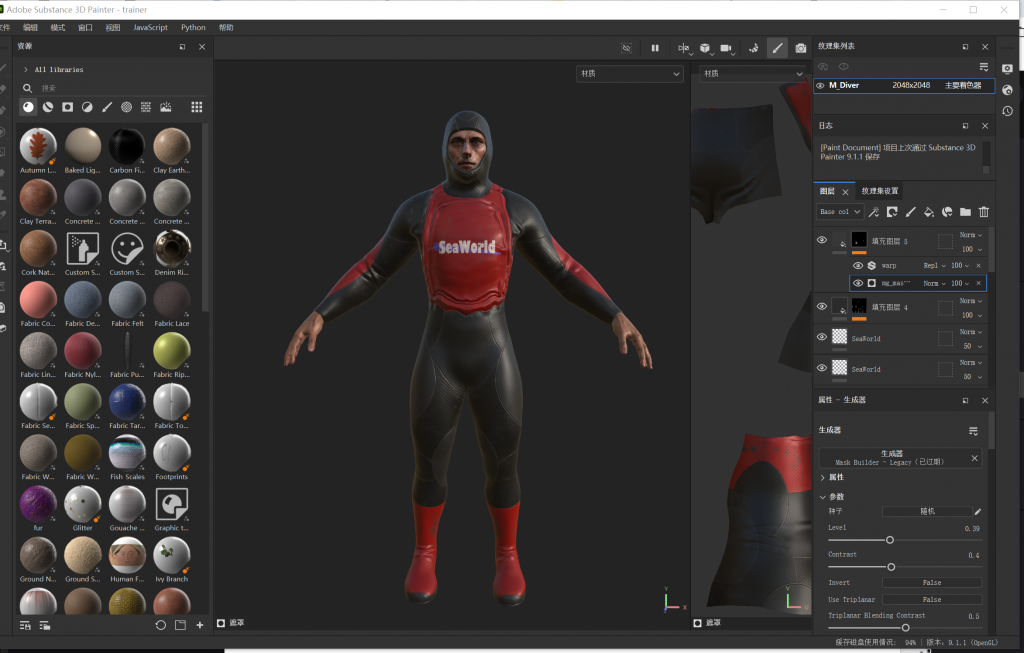
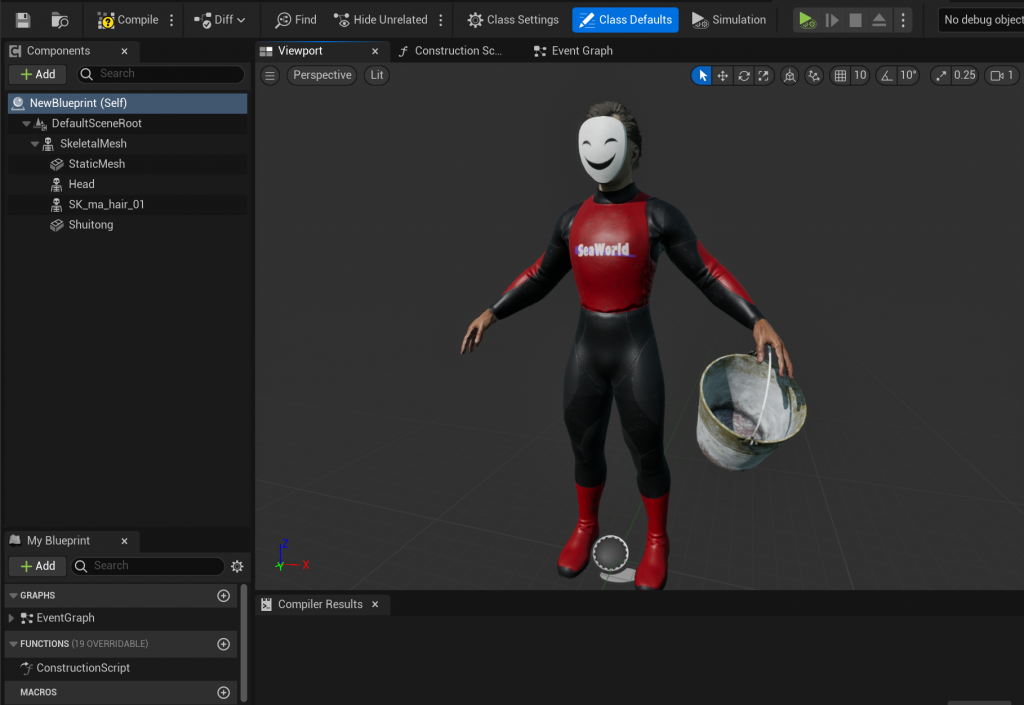
Character model
The trainer’s textures were created in Substance Painter. Then, they were imported into UE5. In UE5, the head was changed, and the mask was added.
10.21-10.28 Update
Create Part 5 in Unreal Engine 5
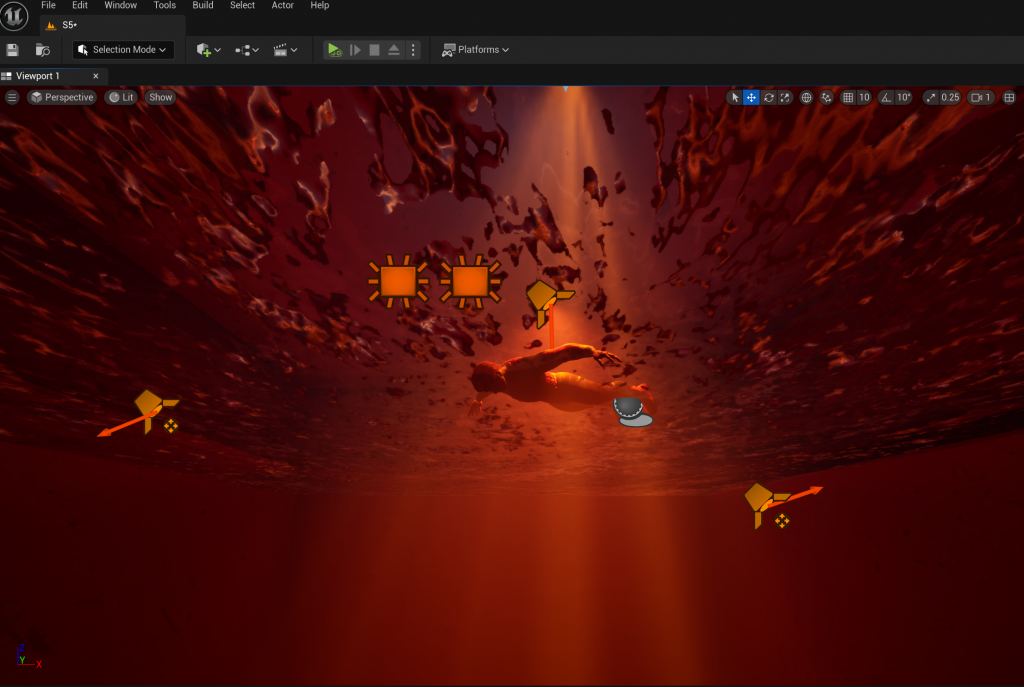
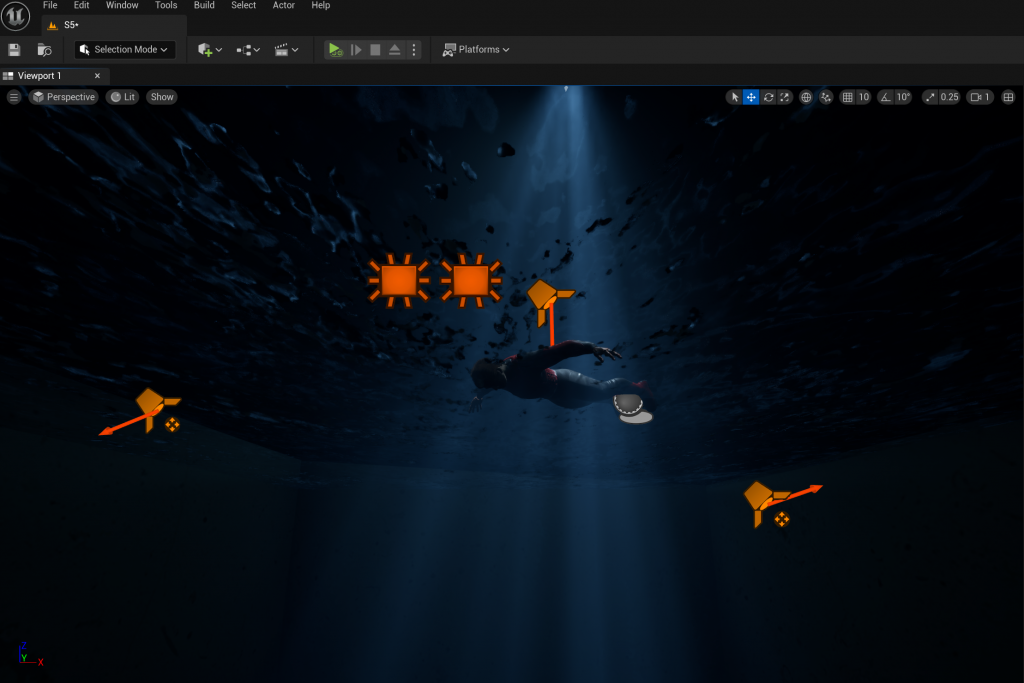

Use sequence to change the color of light.
Create Part 2 in Unreal Engine 5
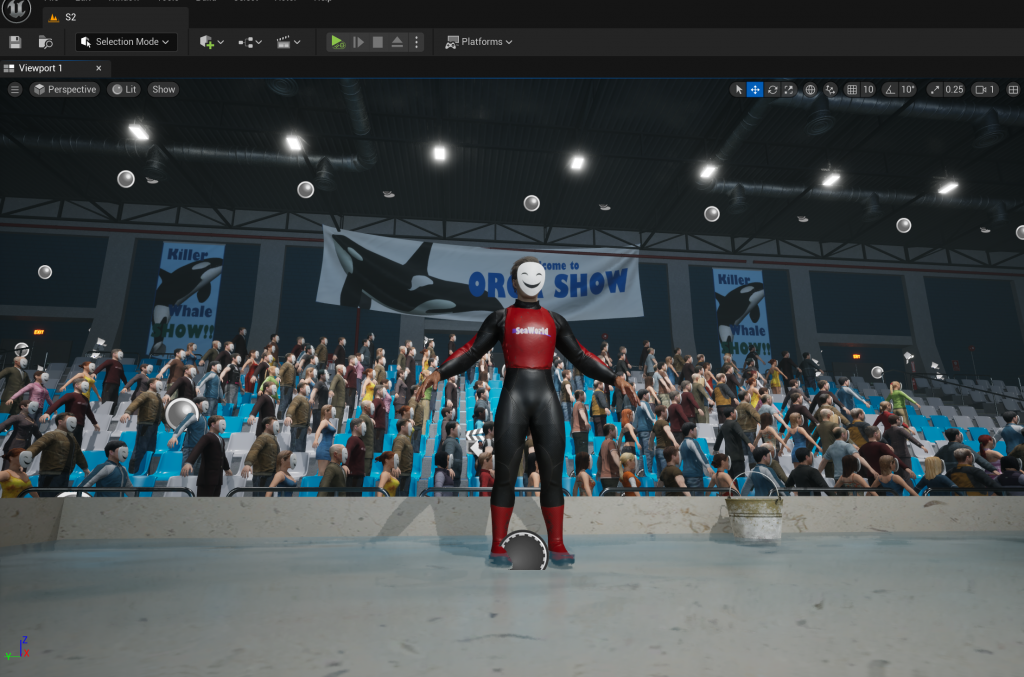
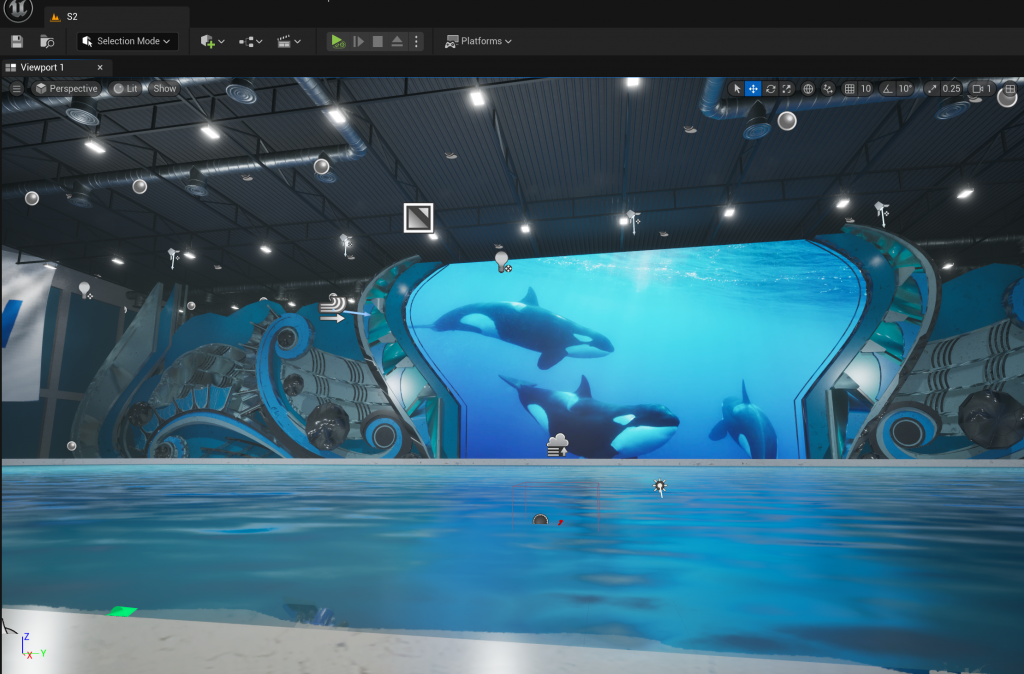
Create the 3D model of the stage in Blender
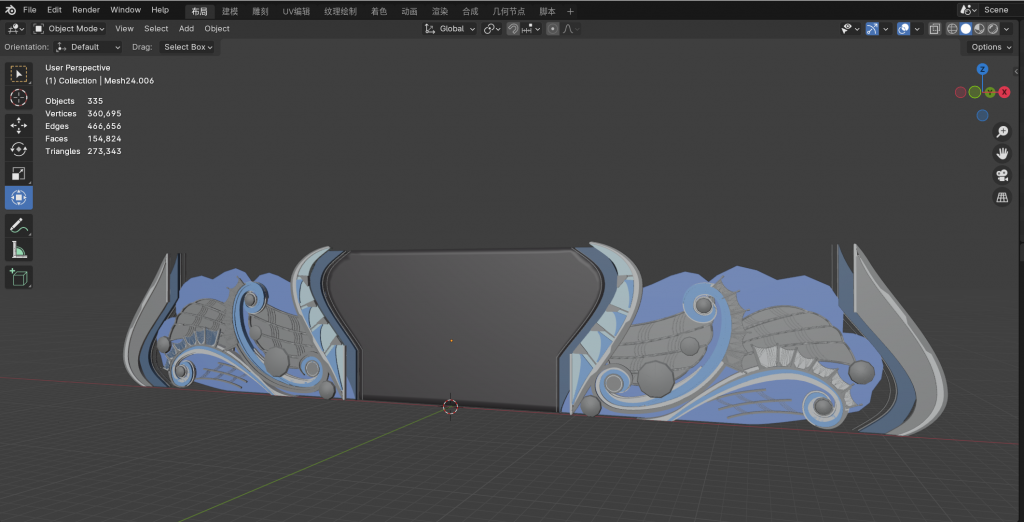
10.28 – 11.3 Update
Create Part 3 3D Models in blender
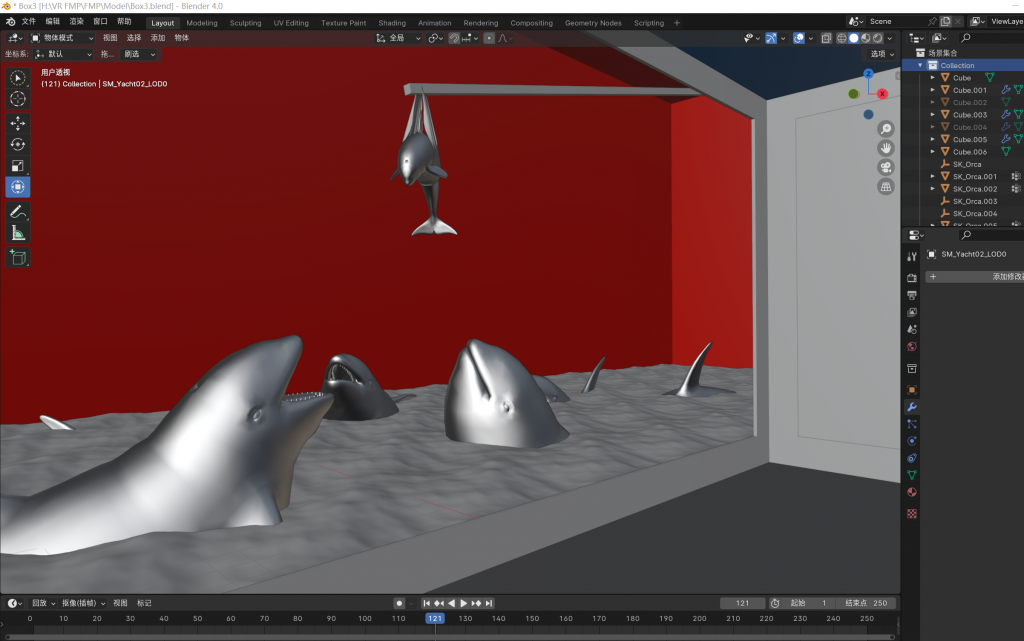
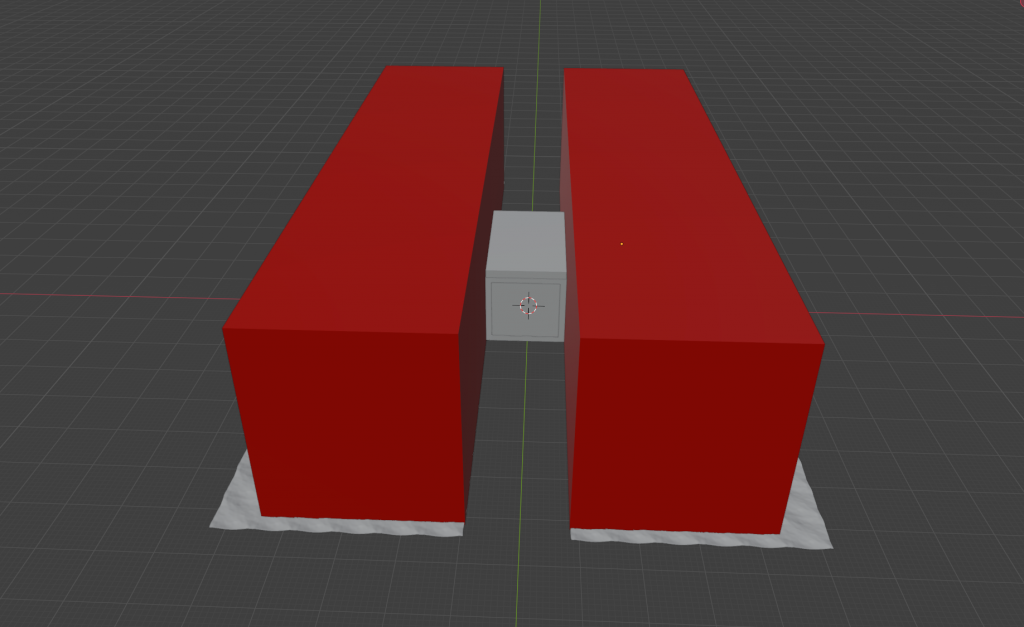
Create Orca Animations in blender
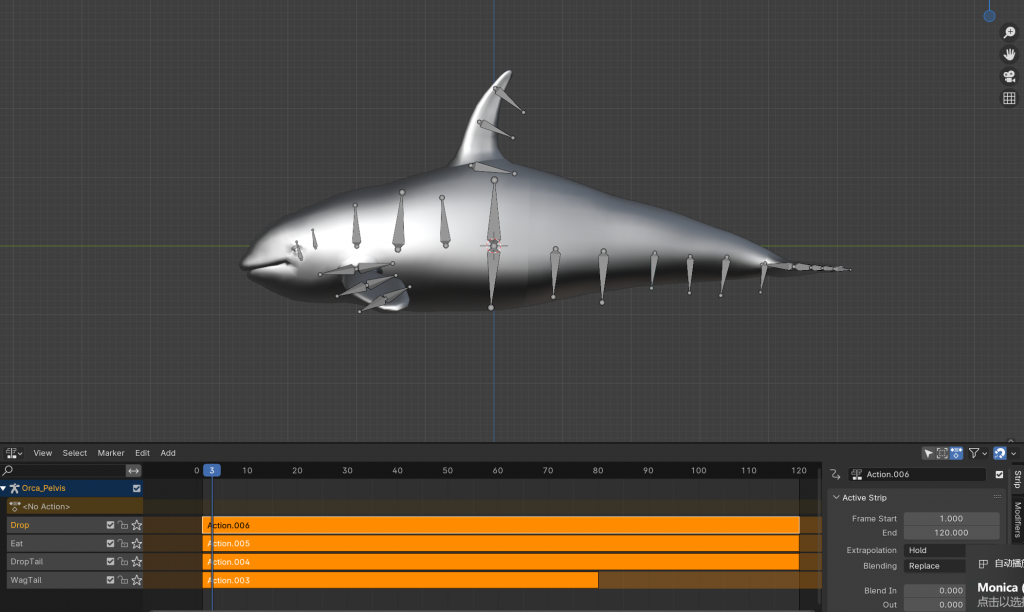
11.4 – 11.10 Update
Create Part 3 in Unreal Engine 5
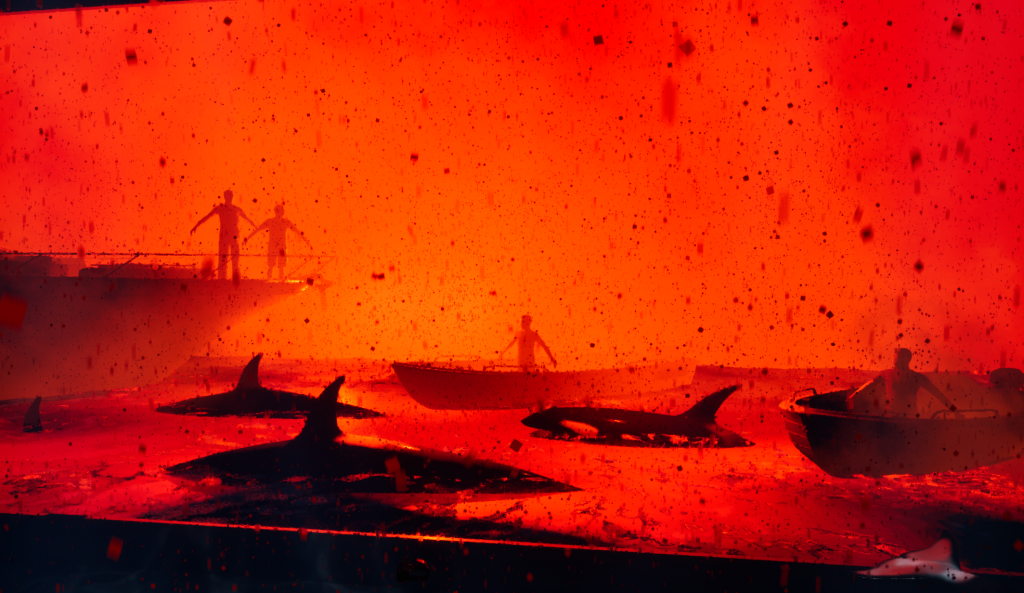
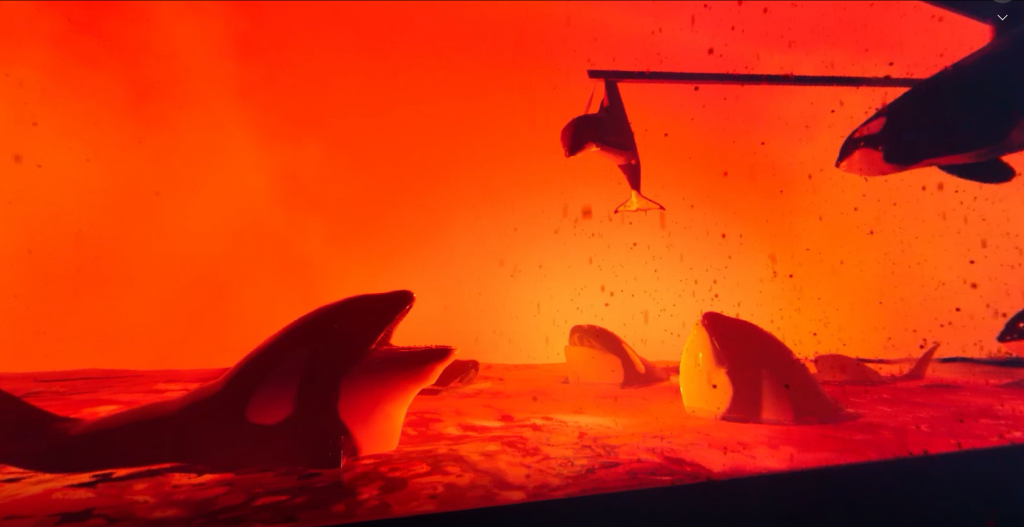

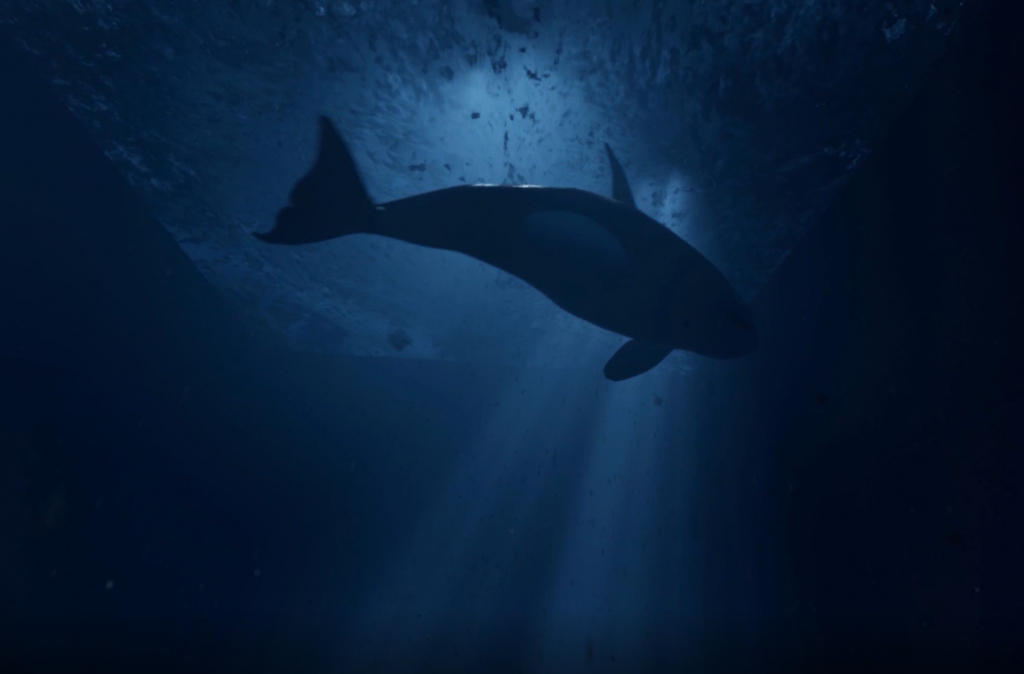
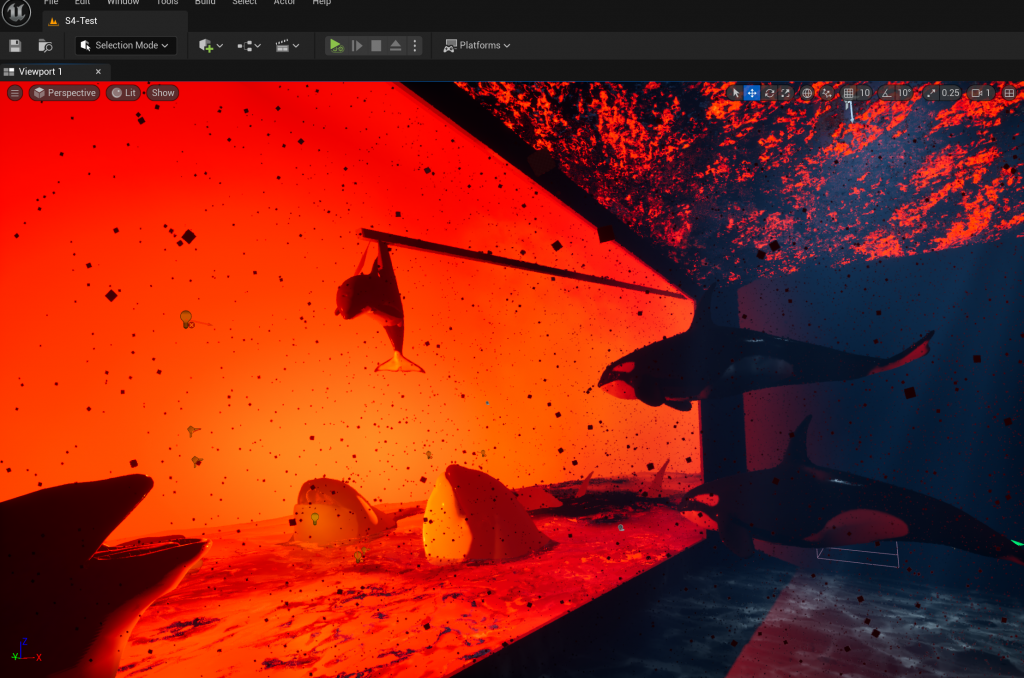
11.11 – 11.17 Update
Finish Part 4
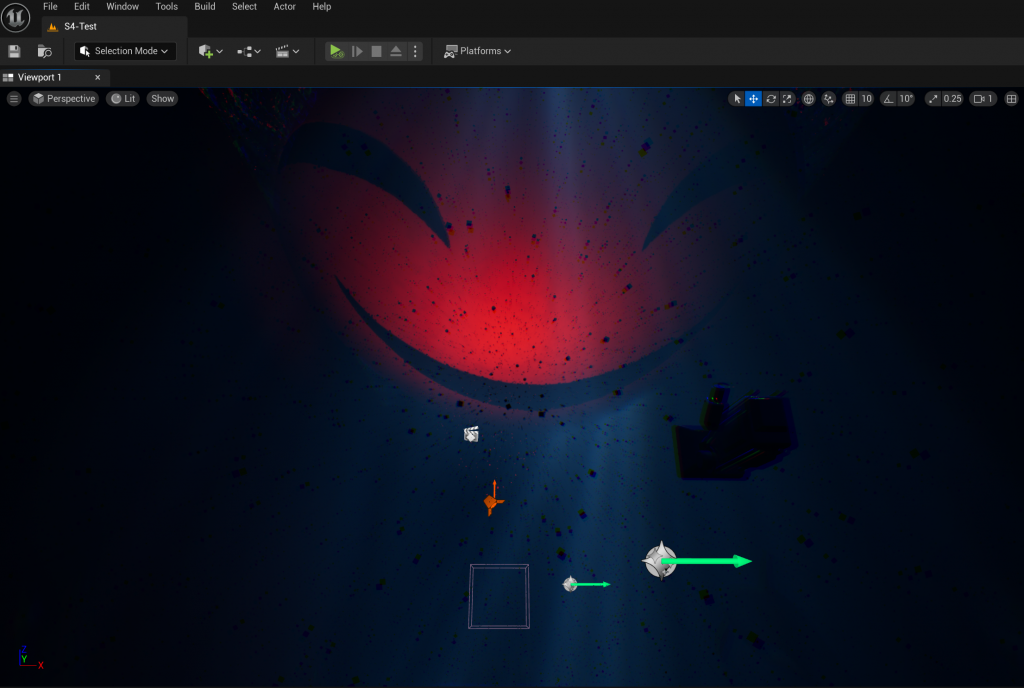
Create Part 1 in Unreal Engine 5
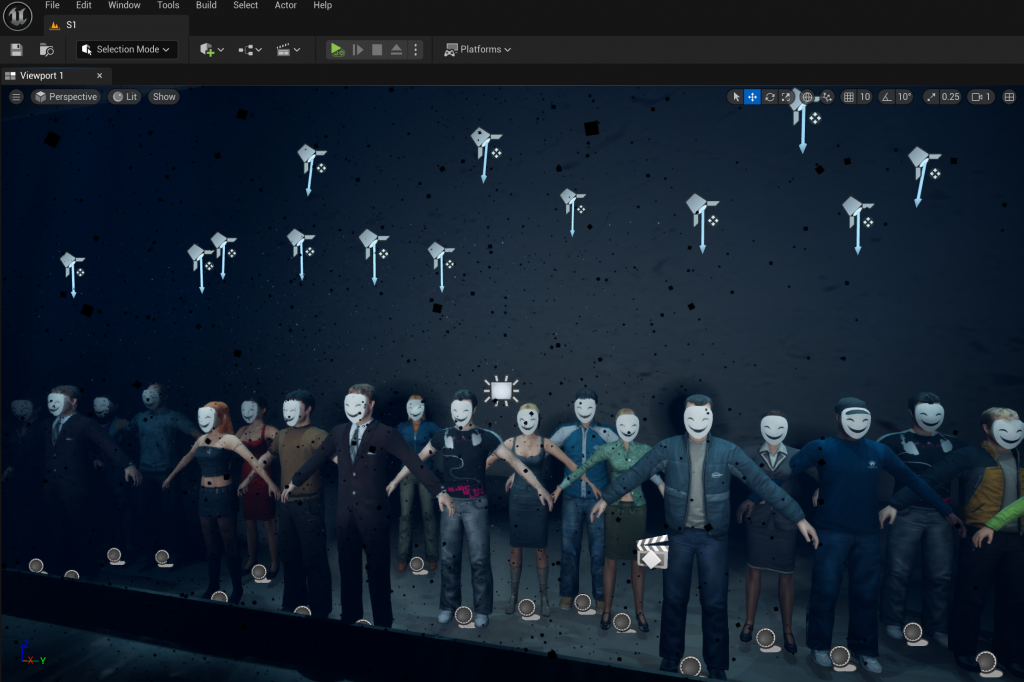
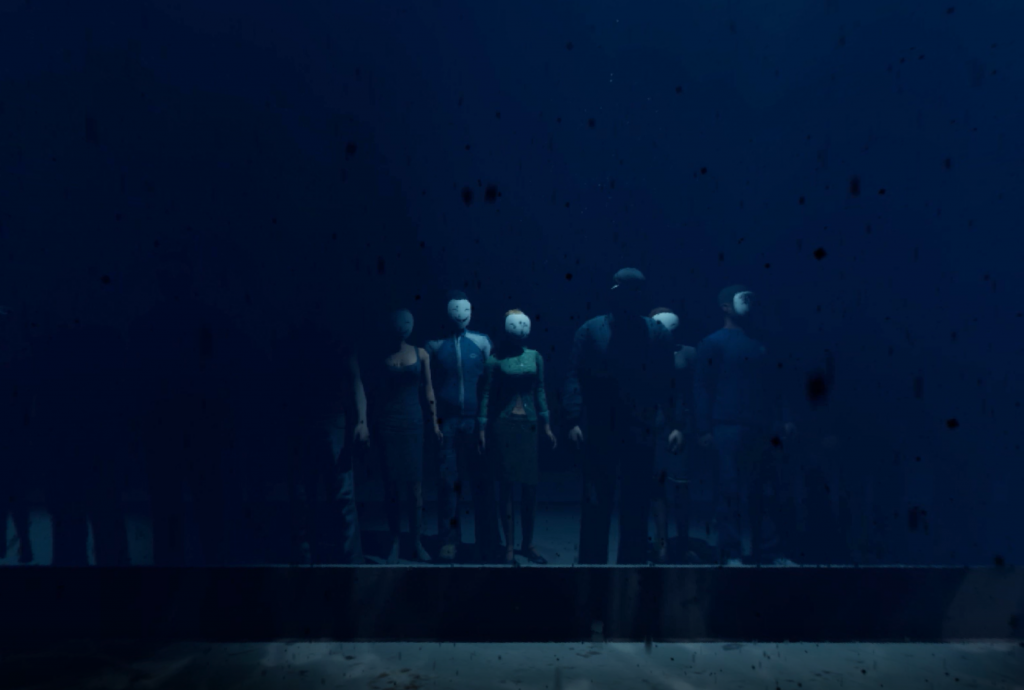
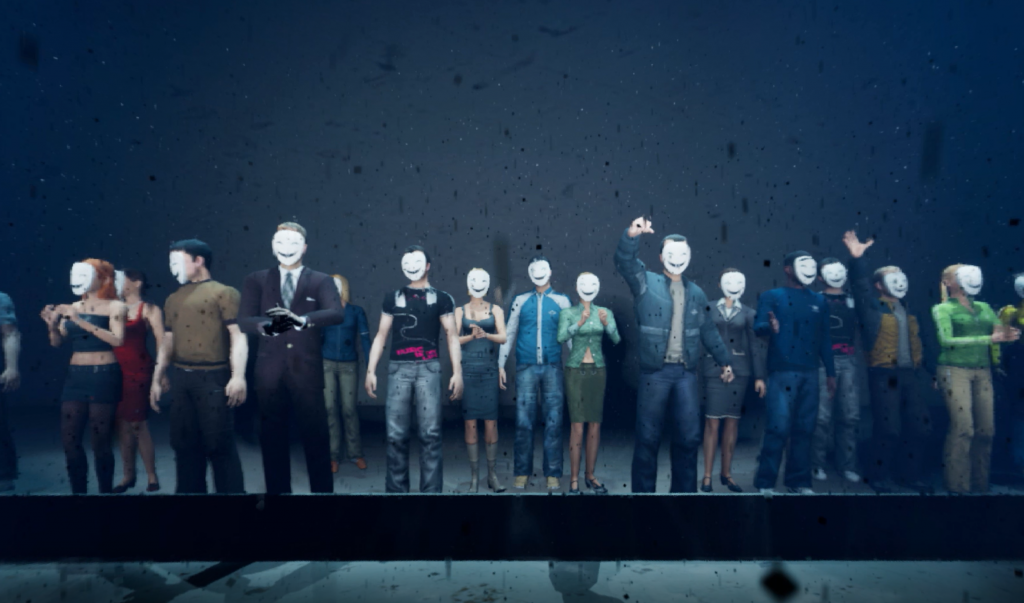
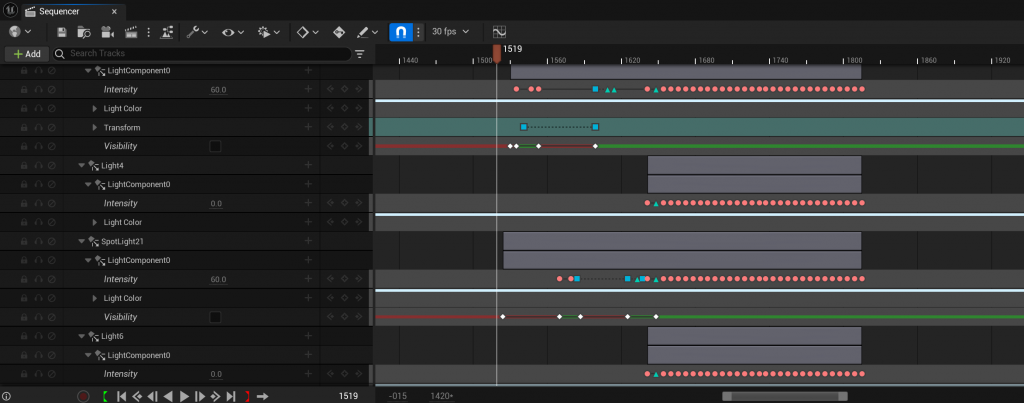
Use sequence to control the lights.
11.18 – 11.24 Update
Montion Capture
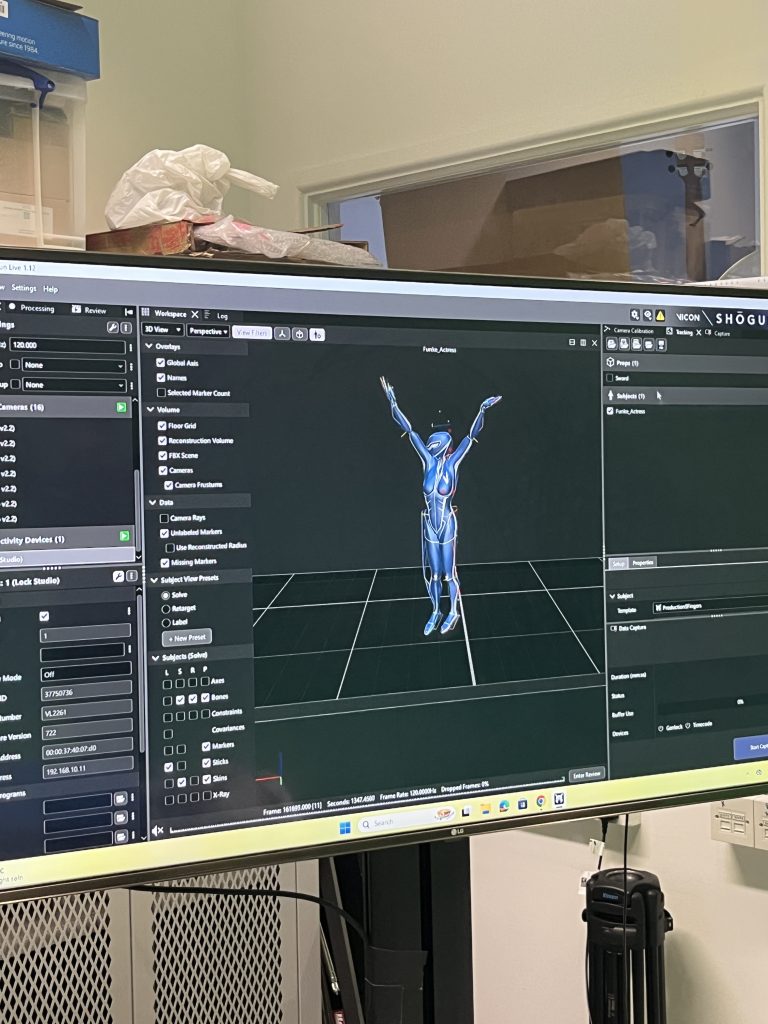
Retargeting Animations in UE5
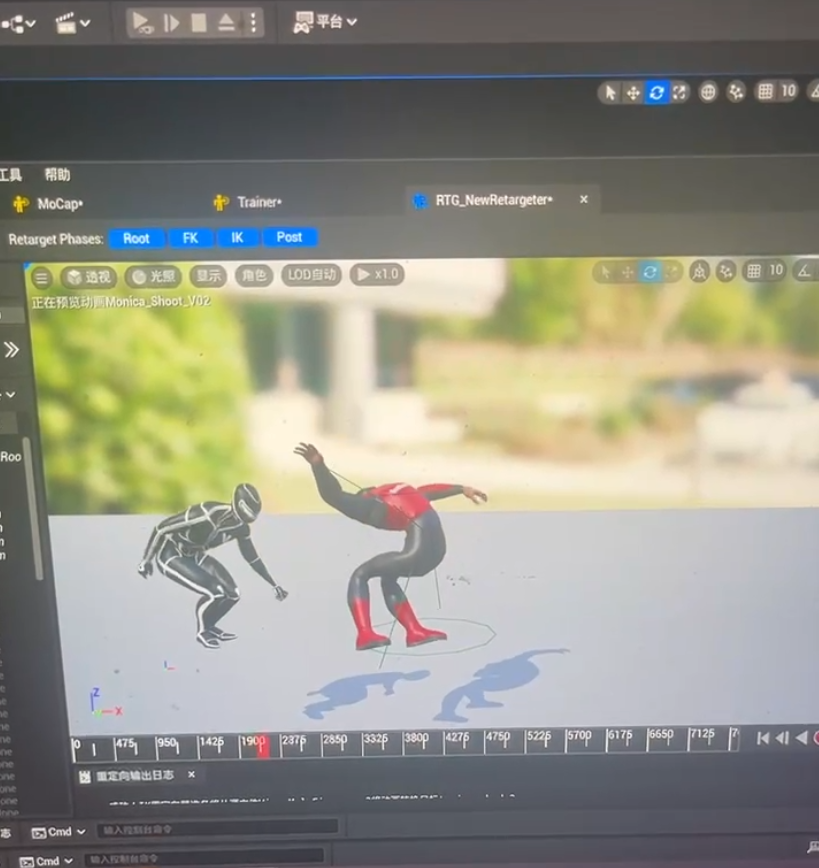
At first, there were problems. The animations of the trainer models were distorted.
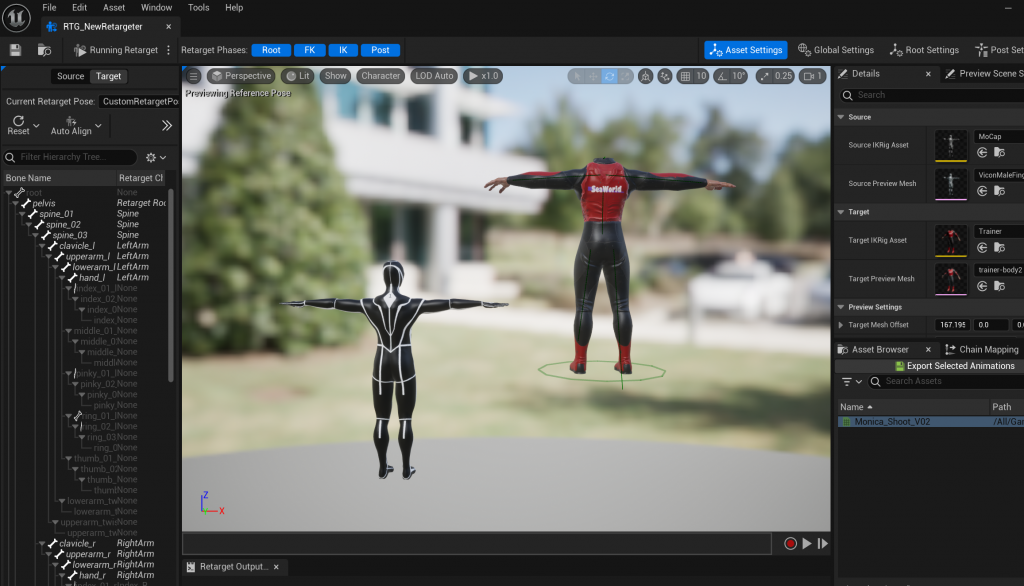
After checking, it was found that the problem was caused by the inconsistent initial positions of the two models.
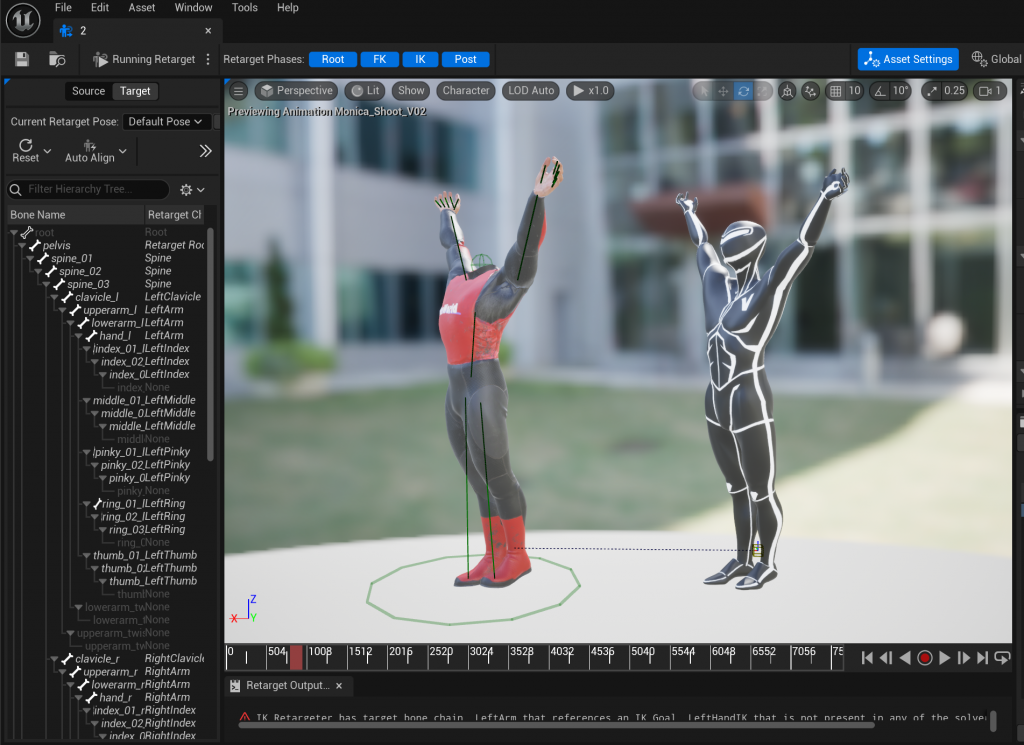
After the modification, the animation was correct.
Finish Part 2
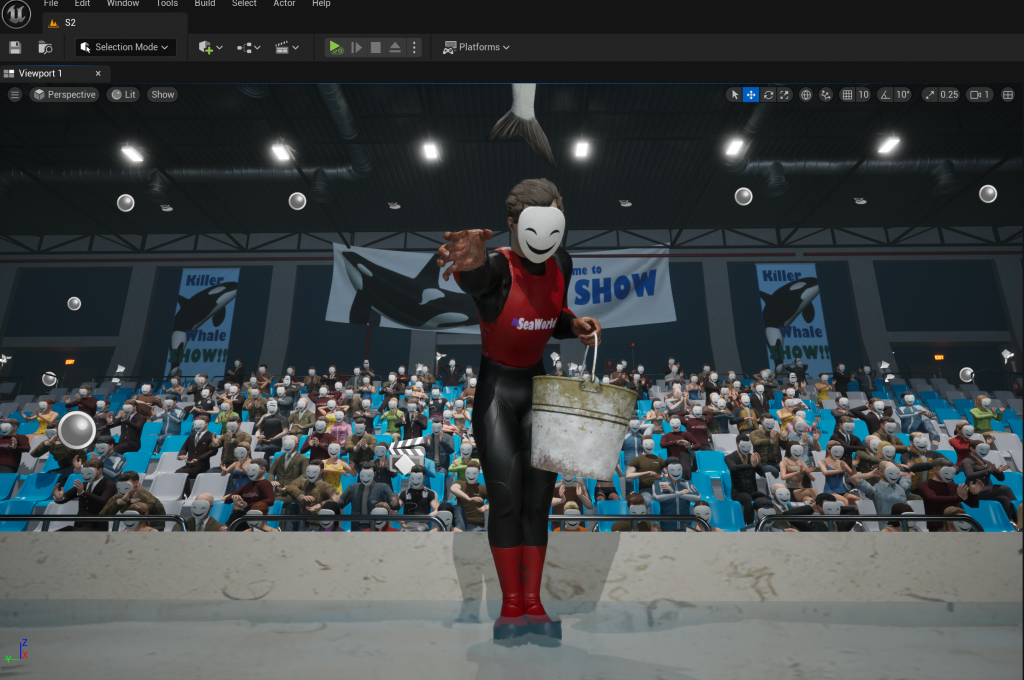
11.25 – 11.28 Update
Clip in Premiere
